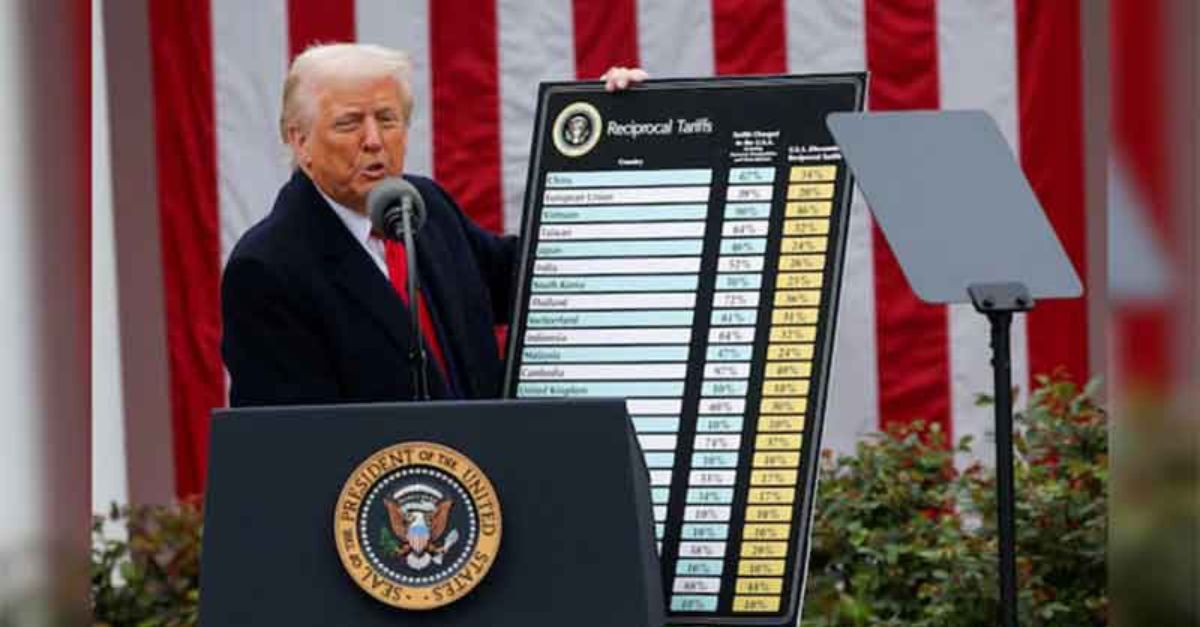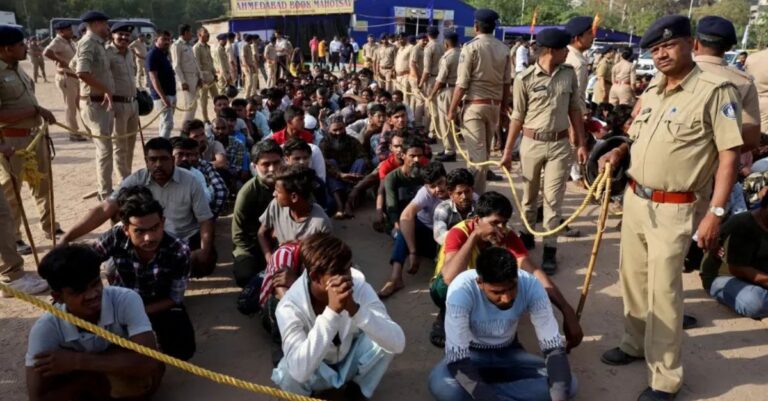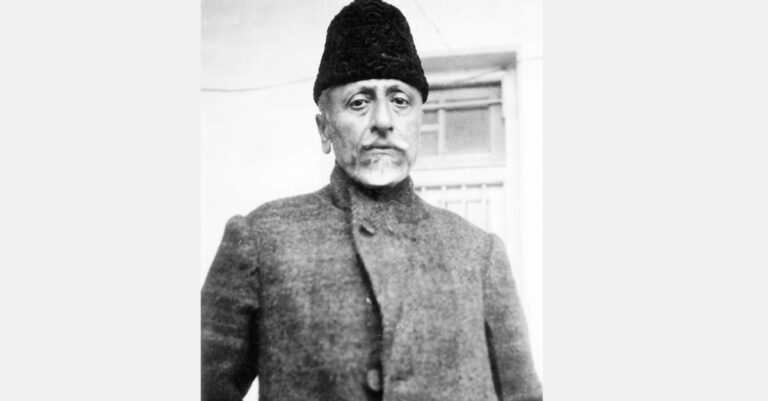By Dr Soma Marla
President Trump’s imposition of 25% tariffs on Indian exports, effective August 1, 2025, is beyond mere commercial friction. Mr. Trump, is now attempting to pressure India by imposing various measures aimed at weakening our economy. USA now is weaponizing tariffs as a political leverage tool more than an economic measure to achieve two objectives: firstly, gain uninterrupted access for US goods into the Indian market, secondly, to de-link India’s growing and enduring trade, energy and military ties with Russia. Its estimated that by stopping Russian crude oil imports we are likely to lose nearly 76,000 to 96,000 rupees annually. Its huge burden on our exchequer. These actions threaten India’s economic sovereignty and independent foreign policy, helps to American imperialist strategies of global dominance. Trump’s tariffs are not just about trade, they are geopolitical aimed at attaining global military dominance, coercing both allies and other to fall into its line.
Unjustified tariff-actions by Trump, is now weaponizing tariffs as a political leverage tool more than an economic measure seeks to achieve two objectives- create uninterrupted market access for US goods into the large Indian market of 140 crores and de-link India’s growing, reliable and enduring trade and military ties with Russia. Relationship between India and Russia (and erstwhile USSR) is time-tested. USSR helped India in attaining self-reliance in economy and defence by building large steel factories, energy infrastructure including legendary Brahmos missiles that rescued us in recent operation Sindoor. Imposition of 25% tariffs on Indian exports by the Trump administration is not a recent phenomenon. A legacy that fits into a long history of U.S. policies that have sought to pressure India into compliance with Washington’s geopolitical military objectives. From supporting Pakistan as a counterbalance to India, to technological and trade sanctions in the 1970s and late 1990s, successive American administrations attempted to distance India to from Soviet Union or containing China today. These American dictates not only challenge India’s economic growth but also undermine its independent foreign policy. Precisely USA wants India to shed its the legacy (whatever remaining today) of self-reliance and non alignment.
A nation imposes taxes (tariffs) on imported goods to increase revenues and protect its domestic industry. United States is India’s largest trading partner, with bilateral trade reaching $131.84 billion in 2024-25. USA imports more goods from India and China, than it exports them. That’s the reason Trump cites for imposition of high tariffs on world nations trading with USA. However, the real reasons for Mr. Trump’s actions are aimed to rescue shrinking American economy in the backdrop of rising China, as a major global economic power. Key Indian export sectors now facing tariff exposure include- Key labour-intensive sectors such as jewellery, textiles, agriculture, sea food, automobile spare parts and certain electronics face certain job losses. America hugely subsidizes its agriculture and so the cost of production of wheat, soy, butter, meat and maize are cheap. By importing low priced farm commodities our farmers will lose whatever support prices they are now getting and get bankrupt further. Further, if the US also imposes penalties related to India’s Russia trade (in crude petroleum and defense), the fallout could be even more severe. Energy prices could rise and India’s fiscal deficit could increase, putting further pressure on the budget and bringing greater economic pain to the people.
MSME (Micro, Small, and Medium industry) contributes approximately 30% to India’s GDP and employs nearly 60 % of workforce. This sector is also a significant source of employment, providing jobs to a large portion of the Indian workforce. With active implementation of neo liberal economic policies, Indian economy became more dependent on exports to other nations, instead of improving huge domestic market by rising purchasing power of our citizens. This subjects Indian economy to absorb any shocks resulting from periodic crises in world capitalism.
The new US tariffs threaten to erode the competitiveness of Indian exports, thus making exported Indian goods more expensive. That makes many Indian companies, mostly from small scale dairy, sea food, textile, Jewellery, automobile spare part manufacturers to cut production or close, thus making millions of workers unemployed. For example, an iPhone made in India currently costs $ 1000 would cost $ 1,250 in American super markets. Nearly 45 % of medicines prescribed to patients in USA are low cost Indian made non patented generic medicines. India exports to USA nearly $ 8 billion worth of medicines annually. Nearly half of medicines prescribed by doctors in USA are imported cheap Indian generic medicines. With imposition of tariffs they become nearly 40% costlier and India may lose out to other competing nations. Also on macro level, apart from job losses , India is likely to lose out 0.2% of GDP ( Bank of Baroda, July, 2025).
Indian Ministry of Trade and Commerce, expecting lower tariffs from President Trump, and delayed trade negotiations with European Union, Middle East and African nations. Except UK, only bilateral trade treaty was signed recently. India now seems more alienated than ever before in the global geo-economic landscape, while facing higher protectionist measures from the US and that too at a time when its relationship with China, the other dominant world leader, remains troubled. Indian negotiators have heavily relied on the apprehension dependent on PM Modi’s “ My Best friend Trump” narrative and pursued pro-American military & defence cooperation would help for a favourable lenient tariff policy. However, Mr. Trump bellied these hopes, instead sided with Pakistan against India’s strategic interests. India wants to complain to WTO against unjustified high level of tariffs on textiles, dairy, agriculture and other employment intensive sectors in violation of existing global trade laws. But, it is unlikely to yield any favourable results to India as America’s influence on WTO decisions is strong.
- At a time when consumption demand is low, jobless growth position continues to expand and inequality rises, India seems to offer little in its bargaining despite its huge market size. To overcome present trade friction our government should reduce taxes and bring down price of petrol and diesel to provide some relief to people. Last year, we imported 1.7 to 2 million barrels of oil every day costing 137 billion dollars in 2024. Though discounted price of oil helped to contain retail inflation, the benefits did not reach the common man. Petrol diesel prices remain high. Reliance Petroleum and Nayara only earned windfall profits with a share of 50 % of total imports.
- For India, the path forward requires balancing economic interests with strategic objectives. The country remains committed to a fair, balanced and mutually beneficial BTA prioritizing welfare of farmers, entrepreneurs, MSMEs and its national interests. Accelerating market diversification, strengthening domestic resilience, and maintaining communication with the US administration while defending these core interests represent strategic imperatives.
- India’s future as a sovereign, pluralist, and self-reliant nation depends on its ability to maintain an independent foreign policy, resist external pressures, and engage in international solidarity—especially with BRICS, nations across the Global South. The current moment demands a revival of India’s foundational anti-imperialist and non-aligned spirit to navigate an increasingly multipolar world.
- During the last few decades Indian economic policy has shifted from independent economic development to pro-corporate, imperialist and export orientation. Nearly 50 % of public sector enterprises have been privatized. India should implement a strategy to strengthen public sector enterprises, increase public investments in both rural and urban areas, rise minimum wages to unorganized workforce and above all put money into peoples’ pockets to expand demand in consumer market.
- India should enter into Bilateral trade agreements with European Union, Middle eastern, African, South American nations to explore export markets to compensate loss in American markets.
A genuine strategic partnership must be built on equality, mutual benefit, and respect for sovereignty. India must be cautious. It cannot afford to be dragged into the orbit of U.S. economic and military designs, particularly when it comes at the cost of its own sovereignty.
Dr. Soma Marla, Retired Principal Scientist, Indian Council For Agricultural Research, New Delhi and formerly Associate Professor, Virginia State University, USA.
First published in the Countercurrents




